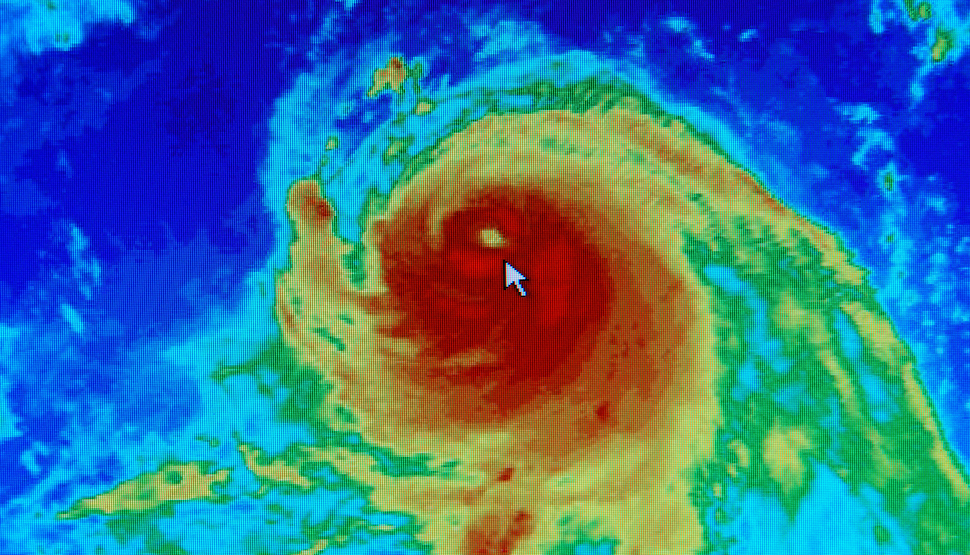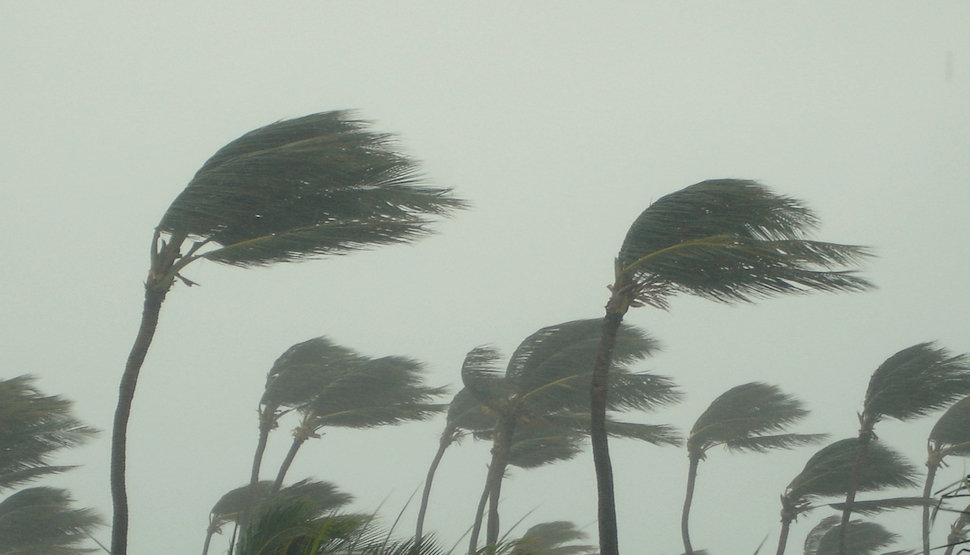Bracing for the Asian storm: Four 2024/25 climate trends and eight ways to prepare your business

In the bustling heart of Asia, home to over 60% of the world’s population, skyscrapers that pierce the clouds and markets that hum with unyielding energy, the climate is no longer just a backdrop but a formidable player in the business arena. With the increasing uncertainty around climate change, the region’s economic powerhouses are learning to navigate a landscape where natural disasters are as common as the sunrise.
From the financial services giants of Hong Kong and Singapore to the manufacturing hubs of Vietnam and Korea, the question isn’t if the next storm will hit, but when—and how prepared businesses and communities are to weather it (pun intended). In today’s Asia, resilience isn’t just a buzzword; it’s the currency of survival. Welcome to the new normal, where the climate dictates the rules and businesses must adapt to stay ahead.
Here are our four trends for businesses to monitor for the rest of 2024, and into 2025.
1. If La Niña emerges it will be weak and short-lived
Meteorological services are in general agreement that the chance of a La Niña developing is reducing, with most of them putting the probability at an even 50%. If La Niña does emerge in 2024, it will persist into early 2025 but is expected to be weak.
La Niña conditions are likely to bring above-normal rainfall for much of southern and southeastern Asia, including countries like Indonesia, Malaysia, the Philippines, and parts of India.
Increased risk of flooding and landslides in these regions is therefore a risk, particularly in low-lying areas and mountainous terrain, of which Asia has plenty. Cooler-than-average temperatures and lower precipitation across parts of East Asia are characteristic of La Niña.
Flooding brings more than a few concerns for businesses, and not just water damage. Operational disruptions should be planned for as well as potential health concerns like mold and poor indoor air quality.
2. Extreme heat
Despite La Niña's cooling influence, extreme heat remains a concern. The Intergovernmental Panel on Climate Change’s most recent Assessment Report found that: "In Asia, heat extremes have increased while cold extremes have decreased, and these trends will continue over the coming decades (high confidence)."
Prolonged and intense heat waves seen in recent years in parts of Asia are expected to continue affecting areas of South and Southeast Asia. Southeast Asian nations should prepare for higher-than-average temperatures.
From November through to January “a high probability of above-normal temperatures is predicted over a wide area from the Indian Ocean to the western North Pacific, including many parts of South, Southeast and East Asia,” reports the Japan Meteorological Agency.
Impacts for commercial property can include site structural integrity, compromised indoor air quality, and of course increased risks of fire, including electrical equipment and flammable materials.
3. Tropical cyclones
A La Niña pattern could mean an increased risk of damaging storms, potentially affecting countries like the Philippines, Vietnam, and southern China, which often experience stronger and more frequent typhoons (tropical cyclones that occur in the northwest Pacific Ocean).
As sea temperatures rise, there is potential for cyclones (tropical cyclones that occur in the South Pacific and Indian Ocean) to reach Category 4 or 5 intensity, resulting in much stronger winds, heavier rainfall and greater storm surges. These cyclones generally form in the Bay of Bengal, threatening countries like Bangladesh, Myanmar, and eastern India.
Many rapidly developing cities like Jakarta, Mumbai and Dhaka have inadequate drainage infrastructure that was not designed to handle the intensity of rainfall brought by La Niña. This has led to flash floods, especially in areas that were not prone to flooding previously.
Additionally, strong winds from typhoons can reach 150km/h, uprooting trees, damaging buildings, and knocking down power lines. Storm surges at coastal areas can also pose a significant hazard to low-lying coastal cities in the Philippines and Vietnam.
4. Drought conditions
While La Niña typically brings increased rainfall to much of Southeast Asia, paradoxically, it can also cause drought conditions in certain areas like Malaysia and Singapore. Countries that are closer to the equator can experience drier than usual conditions due to a shift in moisture and wind patterns.
Agricultural regions could face extended dry periods and reduced crop yields, impacting food supplies and the overall economy.

What commercial property owners can do to prepare for extreme weather events
Past La Niña events have shown significant impacts on Southeast Asia. Many will remember 2011, when massive flooding in Thailand disrupted supply chains and caused billions in economic losses. Similarly, Indonesia and the Philippines faced infrastructure damage.
Given these forecasts, businesses should consider the following preparations:
- Flood mitigation: Improve drainage systems, implement flood barriers, and elevate critical equipment in flood-prone areas.
- Structural reinforcement: Strengthen buildings (especially windows) and infrastructure to withstand high winds from typhoons and cyclones.
- Heat management: Upgrade cooling systems and implement energy-efficient measures to cope with extreme heat and loss of indoor air quality.
- Supply chain resilience: Diversify suppliers and logistics routes to mitigate disruptions from extreme weather events.
- Business continuity planning: Develop and regularly update plans for various weather-related scenarios.
- Employee safety: Implement protocols for extreme weather conditions, including remote work options during severe events.
- Insurance coverage: Review and update policies to ensure adequate coverage for potential weather-related damages.
- Water management: In drought-prone areas, implement water conservation measures and secure alternative water sources.
By taking these precautions, businesses can enhance their resilience to the various weather challenges expected in the coming months across Asia.
Stay prepared, stay resilient, and let the unpredictable climate season of 2024/25 be a testament to your foresight and planning.
